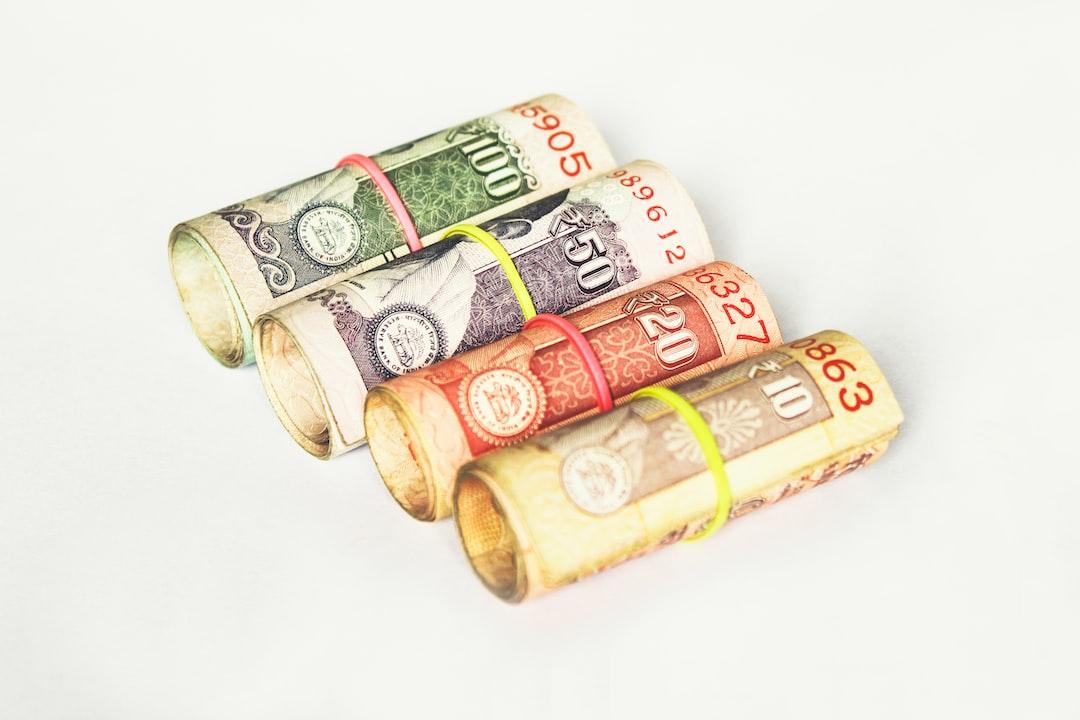Plan, but large-scale printing can only escape the deflation trap. China and the People’s Bank of China (PBOC) will also take similar actions. Don’t be fooled by the initial mild intervention – the PBOC will eventually print trillions of yuan to adjust the size of China’s economy. Remember, this is Xi Jinping’s intention!
QE is about to be launched in China, but this is only half of the battle. Banks need to start lending again to generate high nominal GDP growth.
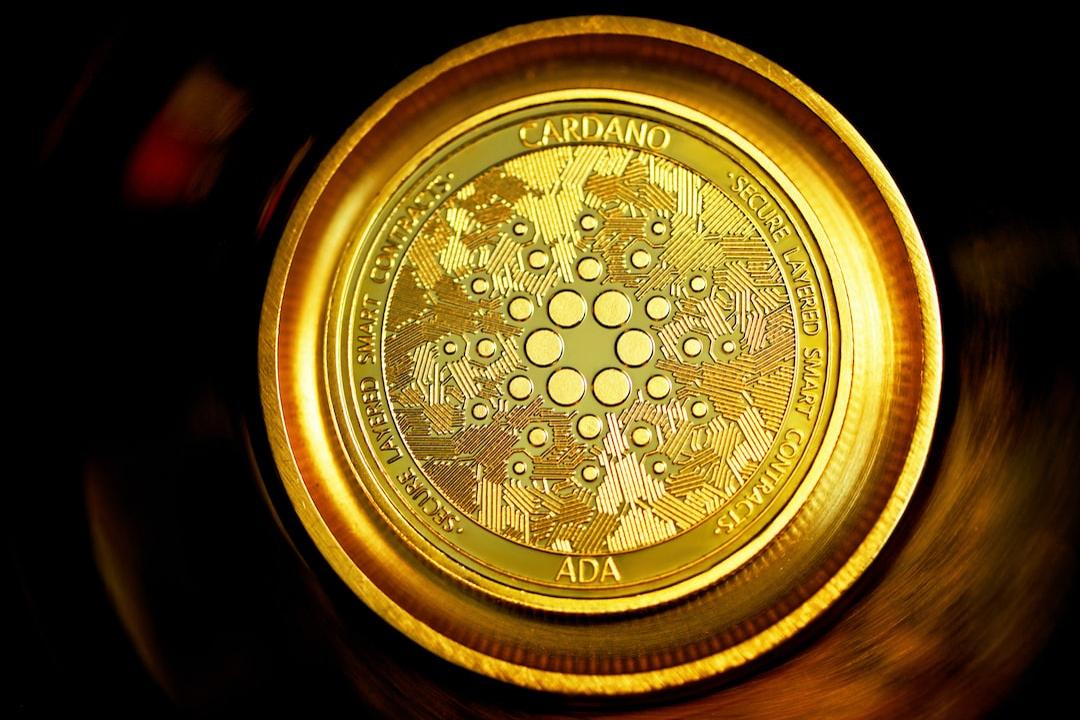
Let’s return to the incentive mechanism for senior executives of state-owned banks. They are reluctant to issue large amounts of new loans, some of which will undoubtedly become bad debts and may be investigated for corruption issues in a few years. They need to know that Beijing will support them.
One sign that the People’s Bank of China will encourage credit growth is a recent series of monetary policy measures that indicate the Chinese government will borrow and directly inject capital into the banking system. Considering that the state owns all banks, borrowing money is just a form of transferring funds from the left hand to the right hand. But I believe this is about image. Beijing is showing through actions that individuals will not face risks if bank managers increase lending.
Another sign is that Beijing is preparing to loosen its handling of corruption and restore the “three distinctions” policy. In a recent announcement within the party, the Politburo told party members that they will forgive the mistakes of grassroots officials who take actions to improve the economy. By eliminating personal risks in pursuing targets, officials can start lending in the desired quantities to revitalize the economy.
The financial indicators of Chinese banks, especially regarding non-performing loans (NPLs), seem somewhat false. According to data from the Bank for International Settlements (BIS), the average NPLs in the banking system reached about 22% after the real estate crisis. However, the NPLs reported by Chinese banks are only 2%. Are Chinese banks really that special? I think not. This also explains why Chinese banks are only willing to lend to projects directly supported by the government. It’s like a bank’s loan portfolio consisting only of loans to companies like FTX, Three Arrows Capital, BlockFi, Genesis, and Voyager. Would you still believe the bank with the lowest NPL ratio in knowing that all those companies have gone bankrupt? To revive the “animal spirit” of banks, Beijing needs to restore their balance sheets through equity injections.
Another policy that makes me think Beijing is ready to open up banks and enable them to lend extensively is the upper limit on total compensation for bank employees. According to recent government instructions, I believe the maximum total compensation limit for all financial services industry workers is 420,000 USD, regardless of whether they work in state-owned or private banks. When the US rescued its banking industry, it did not impose similar restrictions; Jamie Dimon, CEO of JPMorgan, earned 17.6 million USD in 2009 after the government bailout. Beijing is well aware that the revival of inflation is very profitable for the banking system, especially when the government essentially guarantees all loans. They also know that wealth does not trickle down, which would cause dissatisfaction among ordinary people. Beijing least wants to see an “Occupy Wall Street”-like “eat the rich” movement on Shanghai’s Nanjing Road. This aligns with Xi Jinping’s plan for common prosperity.
Beijing is quietly sending messages to the market about its currency “chemotherapy” injections. You just need to observe carefully to notice. One side effect that many analysts mention and could be a reason for Beijing to stop these measures is the depreciation of the renminbi against the US dollar.
Chinese Yuan (CNY)
Russell Napier wrote a brilliant article explaining why he believes China is ready and willing to take the “currency chemotherapy” I described in the previous section. He also believes that Xi Jinping would tolerate the depreciation of the renminbi resulting from the sharp increase in supply. I’m not sure if Xi Jinping would allow a significant devaluation of the renminbi as it could trigger capital outflows. But I also don’t think the depreciation of the renminbi against the US dollar will be so severe, so this prediction may not be validated.
It is well known that China is the world’s factory, and as a result, its trade surplus continues to reach new highs. However, a closer look at the data reveals that the increase in China’s trade surplus (exports minus imports) is not due to increased exports but rather a decrease in its reliance on imports for its economy, while the proportion of imports paid in renminbi has increased.
To illustrate my hypothesis, let’s assume China’s monthly total exports are $100 and total imports are $50, resulting in a trade surplus of $50. Now, the import dependence of the export economy decreases. For example, China used to need to import components from abroad to manufacture cars, but now most components can be produced domestically. Even if the total volume of exported goods does not increase, this increases the trade surplus. To achieve the same value of $100 in exports, now only $25 of imports is needed. Therefore, the surplus increases to $75. Another way the surplus increases is if the import volume remains the same, but now half of the imports are paid in renminbi, reducing the import amount to $25, thus increasing the surplus to $75.
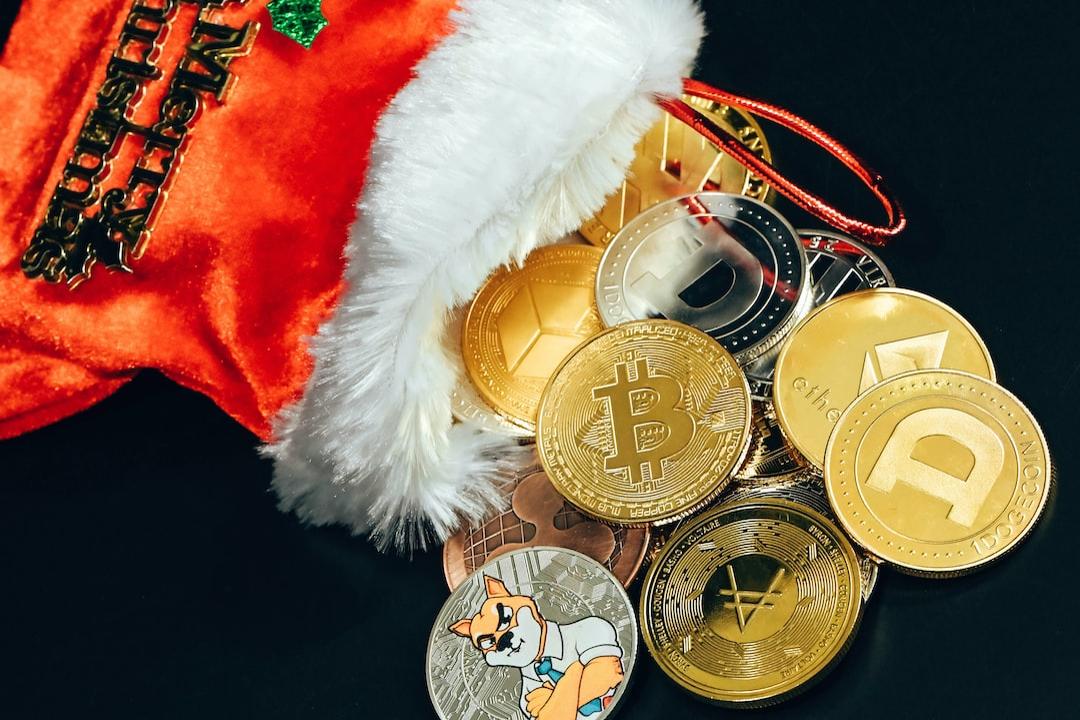
The chart above shows how China is exporting more construction machinery and automobiles with fewer imported goods.
The main commodity China lacks is energy, but now China can purchase commodities from Saudi Arabia and Russia using renminbi instead of dollars.
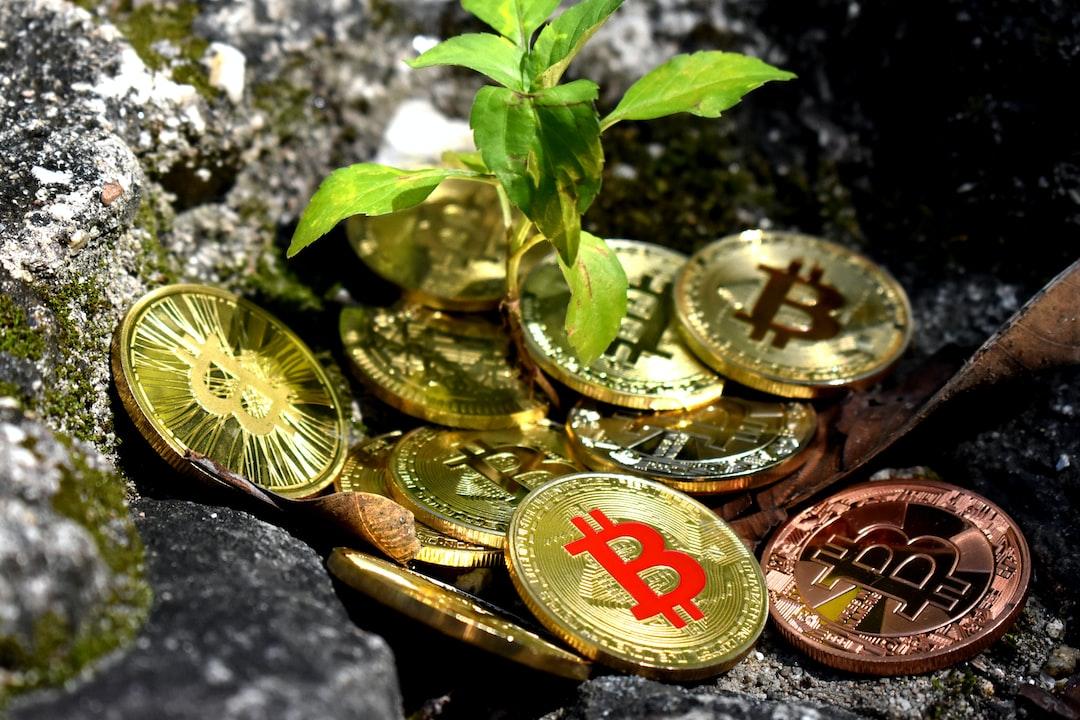
China was unable to dominate trade terms until the US-Ukraine war broke out in February 2022 and the US seized Russian dollars and euros and imposed sanctions. But now, because there are no other options, Russia must accept renminbi payments at a discount to supply energy to China.
With the increase in renminbi’s domestic supply in China and further promotion of economic growth, inflation is inevitable. However, as more goods are produced domestically in China and energy payments are denominated in renminbi, the rise in inflation will not lead to a significant depreciation of the renminbi against the US dollar as it did in the past.
The last reason why the renminbi will not experience a significant depreciation is the simultaneous implementation of the weak dollar industrial policy in the US, regardless of who wins the next presidential election. I know Trump and Harris try to emphasize their differences, but in reality, they will both print money and allocate funds to key industrial sectors in the US.
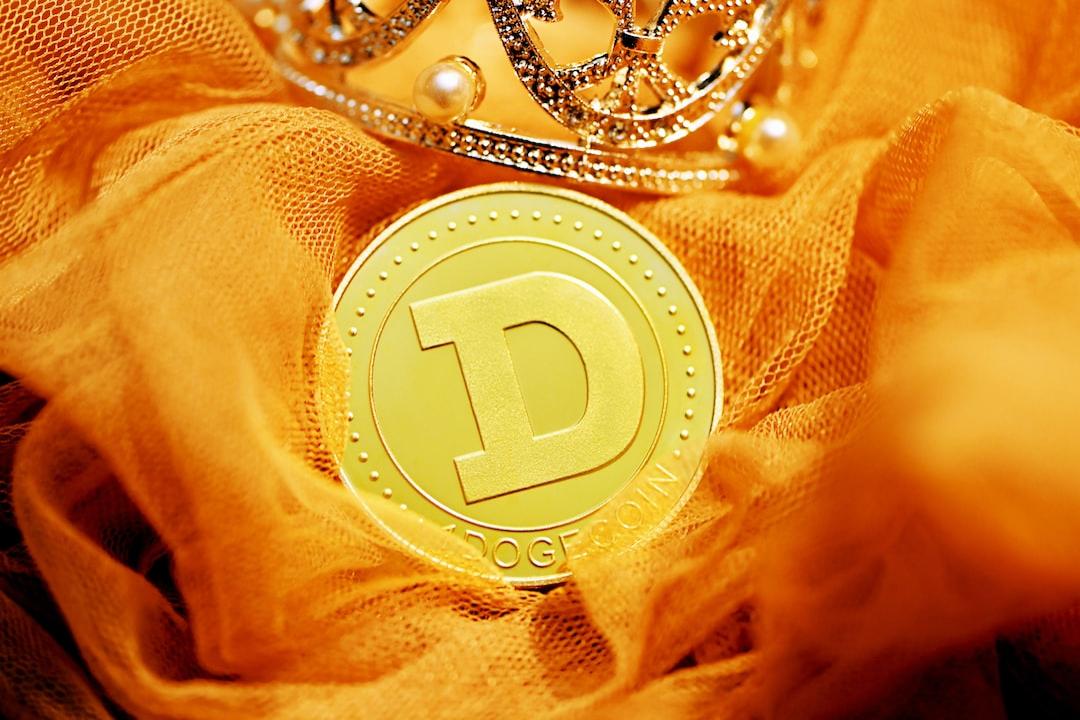
I’m not sure if Harris’ spending will be less than Trump’s, but whoever wins the election, there will be trillions of additional fiat currency supply entering the market in the coming years. This will inevitably result in structural weakness for the dollar.
China will not feel the negative effects of its currency policy. All the stars are aligned for Beijing’s plan to print a large amount of renminbi. What is the antidote for ordinary savers who will witness an increase in credit creation but not necessarily based on a strong real economy? Bitcoin, let’s go!
Let’s Go Bitcoin – Let’s Go Bitcoin
The Chinese people are among the most resourceful in the world. They will not let their renminbi savings sit idle, especially when Beijing encourages asset price inflation. Bitcoin is not a foreign concept to middle and high-income residents in coastal cities in China. Although exchanges are banned from offering explicit bitcoin/renminbi trading pairs, Bitcoin and cryptocurrencies are still thriving in China.
The market has returned to its peer-to-peer (P2P) roots. In the early years, when the three major Chinese exchanges (OKCoin, now OKX, Huobi, and BTC China) dominated the market, funding exchange accounts with renminbi was always a challenge. Sometimes users could directly wire funds from their domestic Chinese bank accounts, while other times they had to go through cumbersome voucher schemes. Nevertheless, the Chinese people always found ways to transfer renminbi from their local bank accounts to exchanges for trading.
Today, I’ve heard that China once again has an active P2P market. All major Asian spot exchanges like Binance, OKX, and Bybit are thriving in mainland China. These exchanges operate P2P bulletin boards where local traders help their compatriots with cryptocurrency transactions. It’s like a Chinese version of LocalBitcoins. The point is that for motivated Chinese people, converting renminbi into cryptocurrencies is relatively easy.
The reason Beijing closed bitcoin/renminbi trading pairs – I’m just speculating here – is that they didn’t want to have a functioning smoke alarm that exposes the impact of their currency devaluation policies. Such an alarm could motivate investors to choose Bitcoin as a store of value instead of stocks or real estate. Considering that the Chinese government knows it cannot ban Bitcoin and ownership of Bitcoin and cryptocurrencies is not prohibited in China (contrary to what some misleading financial media say), Beijing would rather keep these transactions unseen and unnoticed. Therefore, if my prediction is correct, I won’t be able to find clear statistics to track the influx of renminbi into the Bitcoin ecosystem. Except for Dogecoin, I can only hear through word of mouth that changes are happening.
Bitcoin exchange-traded funds (ETFs) listed in Hong Kong will definitely not receive inflows. If funds flow into the Hong Kong market via the Stock Connect, they will not be used to purchase local stocks or real estate. Therefore, mainland Chinese people will be prohibited from buying Bitcoin ETFs in Hong Kong. Sorry to all the issuers who spent expensive advertising fees in Hong Kong subway stations – Beijing won’t make it easy for compatriots to access Bitcoin.
While I cannot view charts showing the inflow of funds into locally listed Bitcoin tracking products or the Bitcoin/renminbi price, I know that stocks and real estate do not perform well when the central bank’s balance sheet expands.
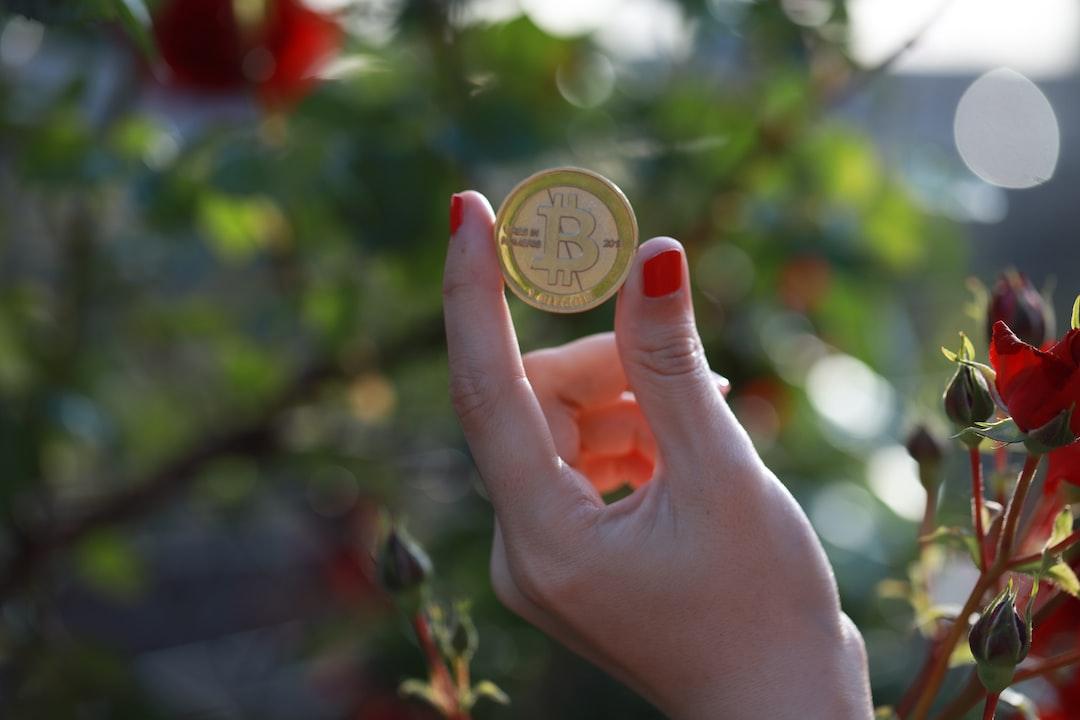
This is a chart of Bitcoin (white), gold (gold), the S&P 500 index (green), and the Case-Shiller US Home Price Index (magenta), all indexed to 100 based on the Federal Reserve’s balance sheet. Bitcoin’s performance surpasses all these other high-risk assets to the point where you can’t differentiate the returns of other assets on the right axis.
As you know, this is my favorite chart. No major high-risk asset class can surpass the impact of currency devaluation like Bitcoin. Investors instinctively know this when considering how to protect the purchasing power of their savings, and Bitcoin will look back at you like Kwisatz Haderach.
For those who think the market will immediately recognize the future and push up Bitcoin, I’m sorry to disappoint you. It will take time for the People’s Bank of China’s quantitative easing and the reacceleration of bank lending to take effect. Chemotherapy takes time to kill the patient. In these early stages, the reaction of savers in China is as I expected: buying undervalued local stocks and heavily discounted apartments. The world has not yet realized that this is the policy Xi Jinping has decided to implement. But give it some time, and the impact will be undeniable.
Economists are pessimistic about the scale and scope of the current stimulus measures, providing excellent buying opportunities. Because when average affluent coastal residents decide they must have Bitcoin regardless of the renminbi price, the price volatility will harken back to August 2015 when Bitcoin skyrocketed from $135 to $600 in less than three months after the shocking devaluation of the renminbi.
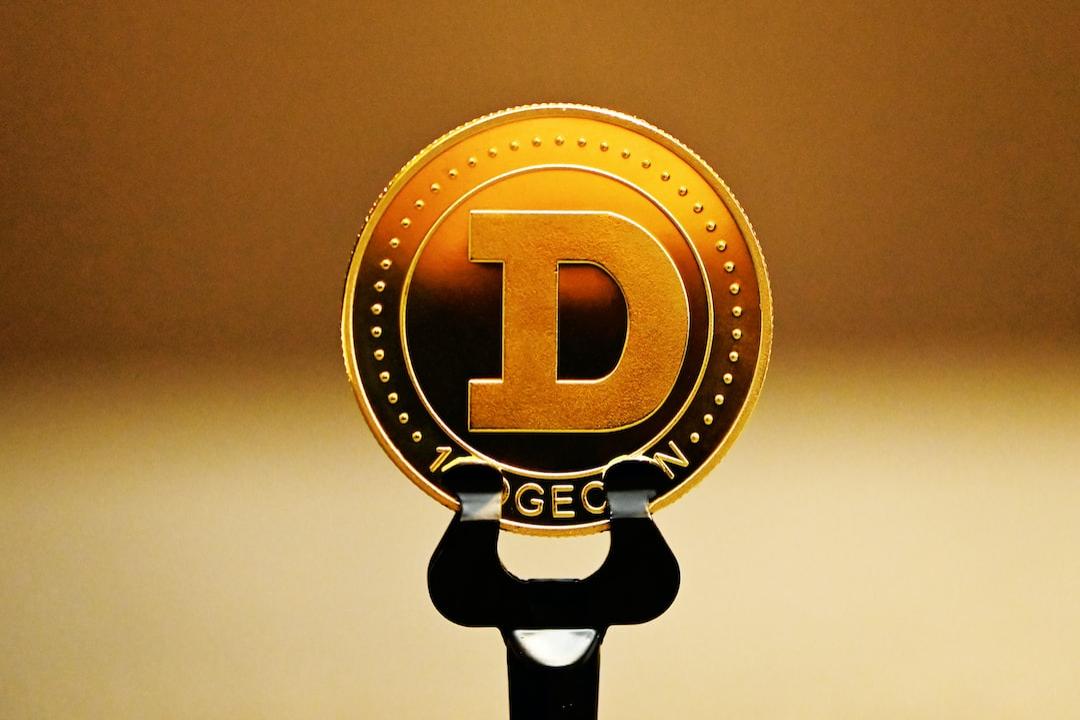
Related News:
Arthur Hayes Family Office: “Three Factors” Drive the Future Cryptocurrency Bull Market Cycle
Arthur Hayes Admits Mistake: Yen Weakens, Bitcoin Performs Well, Time to Trade Shitcoins
Arthur Hayes Reveals: “USD/JPY Exchange Rate” Decides Everything! Ethereum Could Benefit from Rate Cuts.


